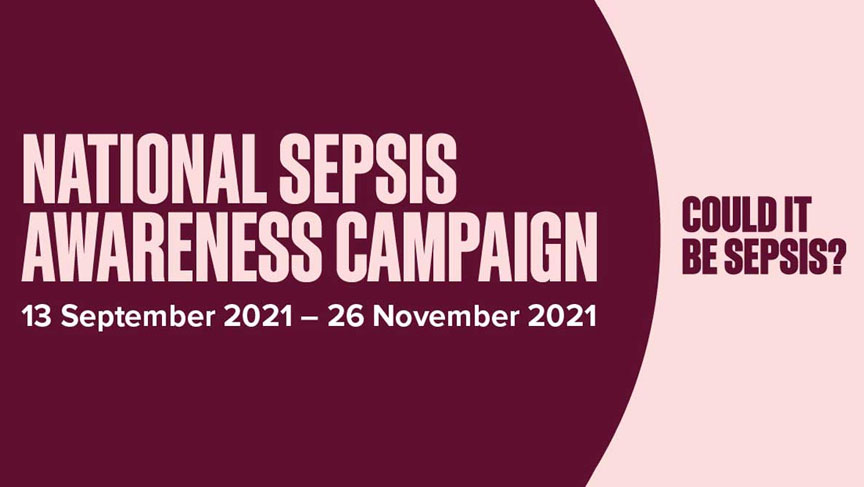
Sepsis can affect anyone, but the risk of suffering from sepsis is highest during early childhood.
More than 18,000 Australians suffer from sepsis every year, 5000 of those affected will die, and of those who survive, half are left with a disability or impaired function.
World Sepsis Day (13 September 2022) is an opportunity to raise awareness about what to look out for and when to seek help.
Sunshine Coast Hospital and Health Service Paediatric Intensive Care Unit Physician, A/Prof Paula Lister, said sepsis could start from something as simple as an infected cut, the common cold or a mosquito bite.
“Sepsis occurs when the body is overwhelmed by an infection and the immune system damages its own tissues and organs,” Dr Lister said.
“It may lead to shock, multi-organ failure, and death, especially if not recognised early and treated promptly.
“Treatment of sepsis is time-critical; early recognition and treatment reduces sepsis mortality and morbidity, yet only 23 per cent of Australians know the signs.
“Sadly, sepsis can be difficult to diagnose as it initially presents with the signs and symptoms of common infections such as those of the respiratory system, gastrointestinal or urinary tract, or of wounds and skin.
“It can take time for parents to realise that this illness is different to the ones their child has had before.
“For children who survive sepsis, many may have life-changing, longer-term effects such as behaviour and learning difficulties or limb amputations.”
Dr Lister said parents should be alert to the signs of sepsis and seek urgent medical care if symptoms persist or worsen.
“It may look different in children than it does in adults,” she said.
“If a child has persistent, extreme or unusual symptoms, parents need to ask, ‘Could it be sepsis?’
“Fitting or vomiting, changes in breathing, changes in skin colour and skin temperature, lethargy, confusion, restlessness and pain should be investigated immediately.”
For more information on Sepsis visit https://www.childrens.health.qld.gov.au/sepsis/ and https://www.australiansepsisnetwork.net.au/.
FAST FACTS
- 18,000 Australians suffer from Sepsis every year – 5000 of those will die
- Total economic cost of Sepsis is unknown but estimated to be over $1.5 billion dollars annually in Australia
- 70% of Sepsis cases begin outside of the hospital
- An Australian survey in 2020 revealed only 59% of people polled have heard of it, only 23% were aware of one of its symptoms and only 20% were aware of its causes
Causes of sepsis
- Sepsis can develop from any infection, including bacteria, fungi, viruses and parasites. It can be caused by infections with the seasonal flu, COVID-19, tropical and travel related infections, and other highly transmissible viruses.
Signs of Sepsis
- Some of the early symptoms of sepsis may include a combination of the following:
In children less than 5 years old:
- Poor feeding
- Vomiting repeatedly or
- Not passed urine for 12 hours
In older children:
- Fast breathing or long pauses in breathing
- Very blotchy, blue or pale skin
- Feels abnormally cold to the touch
- Rash that doesn’t fade when pressed (glass test)
- Drowsy or difficult to wake up or confusion
- Floppy
- Fit or convulsions
- A lot of pain or restlessness
In adults:
S – Slurred speech or confusion
E – Extreme shivering or muscle pain
P – Passing no urine in a day
S – Severe breathlessness
I – “I feel like I might die”
S – Skin mottled or discoloured